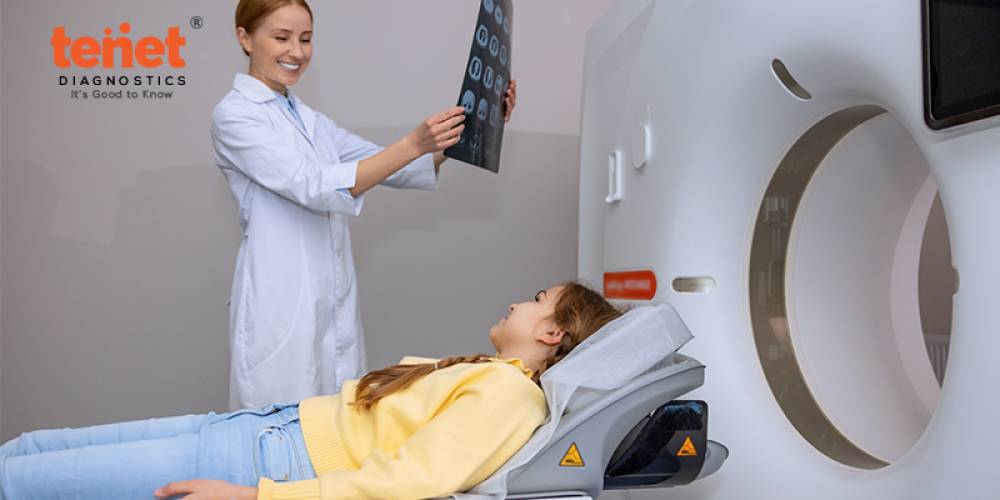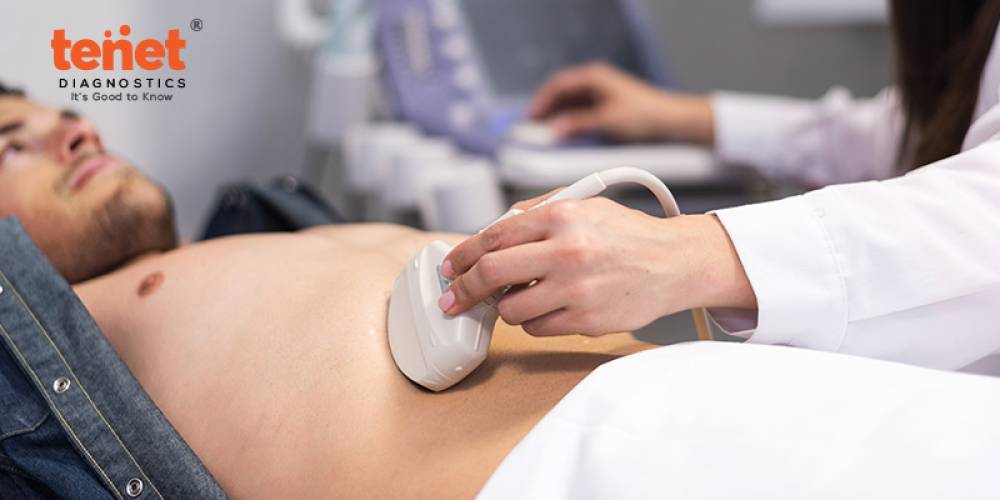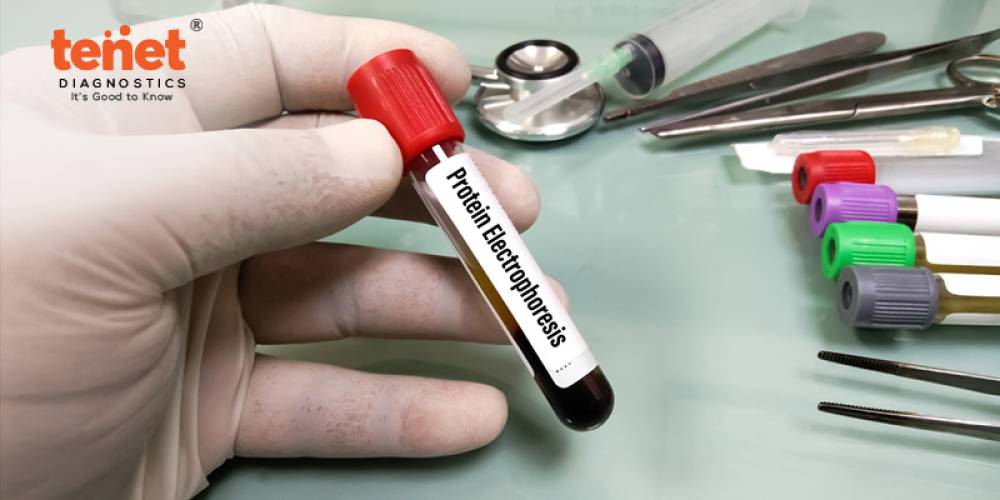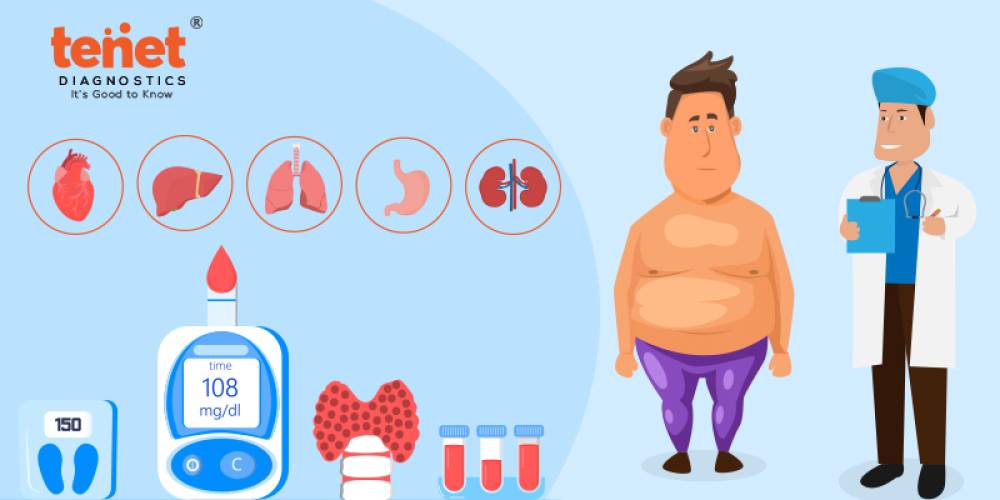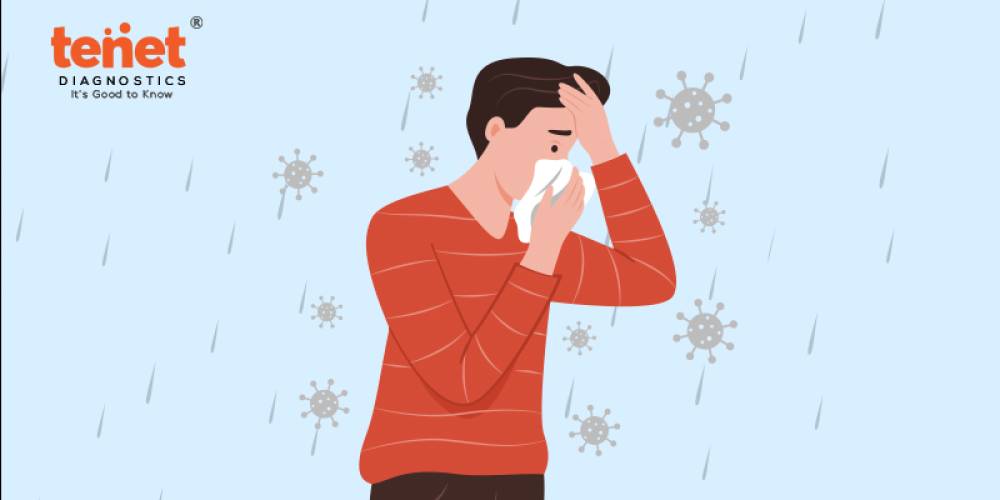he development of imaging technologies has greatly improved our capacity to identify and treat a wide range of medical diseases. The use of CT (computed tomography) scans for the abdomen and pelvis is one such development that has completely changed the way kidney stones are found and treated. Unmatched in terms of speed, precision, and detail, these scans give patients and medical professionals vital information that can result in quicker and more efficient actions.
In this blog post, we will examine the benefits of CT abdomen and pelvis scans over conventional techniques and discuss why they are regarded as game-changers in the field of kidney stone identification.
What are kidney stones?
Numerous dissolved salts and minerals can be found in urine. You may develop stones if the concentrations of certain minerals and salts in your urine are excessive. Kidney stones can begin small and eventually get bigger, potentially filling the kidney's interior hollow structures. Certain stones remain within the kidney and do not pose any issues. Kidney stones can occasionally pass through the ureter, which is the tube that connects the kidney to the bladder. Urine may carry the stone out of the body if it gets to the bladder. The kidney's urine flow is blocked, resulting in pain, if the stone becomes trapped in the ureter.
How accurate is the CT scan for kidney stones?
Kidney stones can be identified with high accuracy using CT scans. According to studies, kidney stones can be accurately identified more than 95% of the time and the absence of kidney stones is confirmed more than 98% of the time using CT scans.
- Kidney stones were 90% to 98% appropriately diagnosed by low dosage CT scans.
- 88% to 100% of the time, low dosage CT scans accurately indicated there were no kidney stones present.
- Kidney stones were detected properly 72% to 99% of the time using an ultra-low dose CT scan.
- Eighty-six to one hundred percent of the time, ultra-low dose CT scans accurately proved the absence of kidney stones.
The constraints of a CT scan are its higher radiation dose and cost compared to ultrasonography and other imaging modalities.
What are the risks associated with CT scans?
Generally, a single CT scan is a highly safe treatment with little chance of problems. Contrast dye allergies can occur in certain people.
The largest risk is radiation exposure from CT scans, which can also raise your risk of cancer if you get them frequently. Researchers discovered that a 2.55 greater risk of thyroid cancer was linked to routine CT scan radiation exposure.
For pregnant women, ultrasound is typically preferable over CT scans in order to minimize radiation exposure to the fetus.
Low dose CT scans may lower your chance of developing cancer in the future by exposing your body to less radiation. High caliber studies provided evidence to researchers that modest radiation CT scan doses do not raise the risk of cancer.
What to expect during a CT scan?
If you have kidney stone symptoms and visit an emergency room, your doctor might prescribe medication to help you feel better. Medication for other associated symptoms like nausea or vomiting might also be administered to you.
The medical practitioner who will do your CT scan, the radiographer, will probably ask you a few questions beforehand. They might also go over the details of the process, which will most likely include something like this:
- Before going under the scanner, you'll take off any metal objects and change into a medical gown.
- You will lie on a table that glides into a unique scanner that resembles a tunnel.
- As you go through the scanner, a ring that revolves around your abdomen does so. When the scanner is operating, you will hear a whirring sound.
- The CT scanner will be run by a radiographer who will be in a separate room. There will be an intercom between you and them for communication. Throughout the operation, you must lie still. Someone might ask you to hold your breath.
- After leaving the scanner, the radiographer will reenter the room to assist you.
Typically, the scan takes ten to twenty minutes. If you used contrast dye, you might need to wait for fifteen to thirty minutes.
How should I prepare for a CT scan?
For your exam, dress comfortably and loosely. For the procedure, you might need to change into a gown.
Metal items such as hairpins, spectacles, dentures, and jewelry might alter the CT pictures. Take them off before your exam, or leave them at home. You may be asked to take off your dental work and hearing devices for certain CT scans. Ladies will have to take off underwired bras made of metal. If it's feasible, you might need to take out any piercings.
If your exam involves intravenous (IV) contrast material, your doctor might advise you to abstain from eating and drinking for a few hours prior to the procedure. Inform your physician of all the medications you use and any sensitivities you may have. Your doctor may recommend medicine typically a steroid to lower the chance of an allergic reaction if you have a known allergy to contrast material. Make sure you get in touch with your doctor well in advance of the exam date to minimize needless delays.
You might require a recent set of kidney lab results prior to your CT scan typically within the last 1-2 months if you have a history of diabetes, renal disease, high blood pressure, or if the scan is ordered with intravenous (IV) contrast.
Final Words:
In summary, there is no denying that CT scans of the belly and pelvis have revolutionized the field of kidney stone identification and treatment. Their unmatched accuracy, quick turnaround times, and all-encompassing imaging powers provide early and precise diagnosis, enabling efficient and successful treatment regimens. CT scans improve patient care and outcomes by reducing the possibility of missed diagnoses and needless treatments by outperforming older diagnostic methods in clarity and detail. As technology develops, the use of CT scans in standard medical procedures emphasizes how important it is to address kidney stone issues, ultimately leading to better patient outcomes and a higher standard of living.
Frequently Asked Questions:
1. What advantages do CT scans offer in the management of kidney stones?
When one or both kidneys are examined, CT scans can be used to find tumors or other lesions, obstructive conditions like kidney stones, congenital defects, polycystic kidney disease, fluid buildup around the kidneys, and the location of abscesses.
2. Are there any specific types of kidney stones that CT scans are particularly effective at detecting?
A kidney stone's location, size, and potential cause including if the stone is obstructing the urinary tract can all be seen on a CT scan.
3. What should patients expect during a CT abdomen and pelvis scan for kidney stones?
You might be asked to lie on your stomach for certain scans; this is a frequent procedure for scans intended to detect kidney stones. You could be asked to hold your breath by the technician as the machine scans. Any motion, such as breathing or moving the body, might cause distortions in the pictures.
4. How do CT scans improve the diagnosis of kidney stones compared to traditional methods?
Compared to conventional x-rays, they offer a more detailed view, and these images can tell medical professionals how big the stone is. The smallest kidney stones, even those unlikely to produce symptoms or difficulties or require medical attention, can be found using CT scans.
5. How do CT scans compare to other imaging techniques for detecting kidney stones?
When it comes to diagnosing kidney stones, CT scans are the gold standard imaging method since they offer a more detailed image than typical x-rays and can also reveal the size of the stone to medical professionals.

